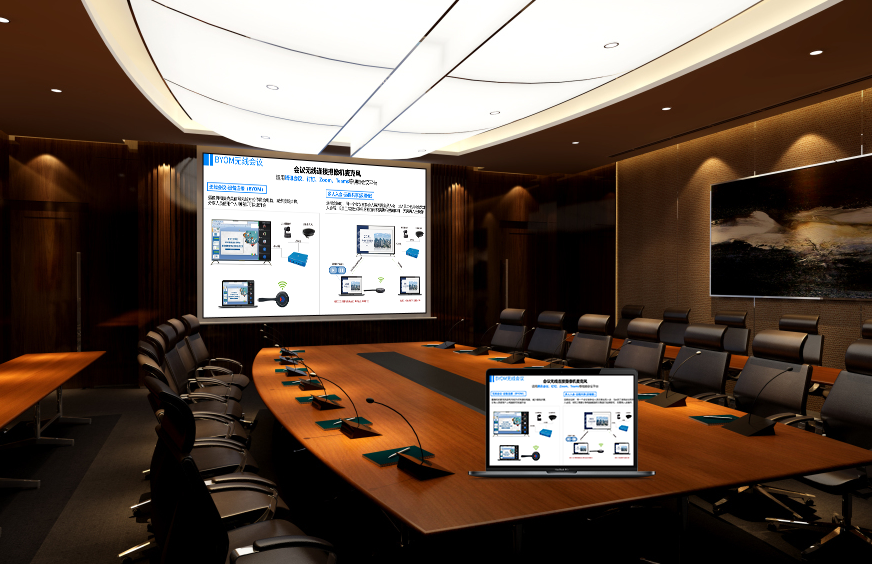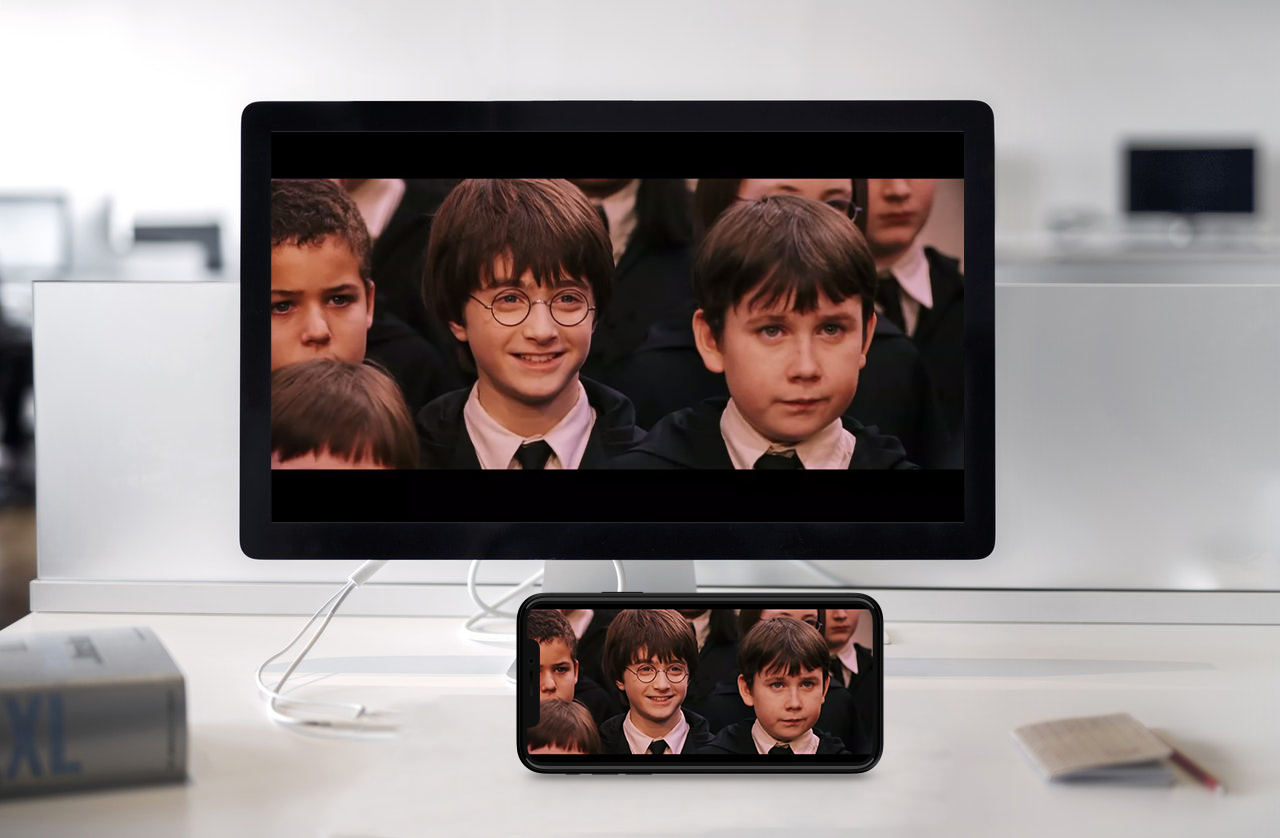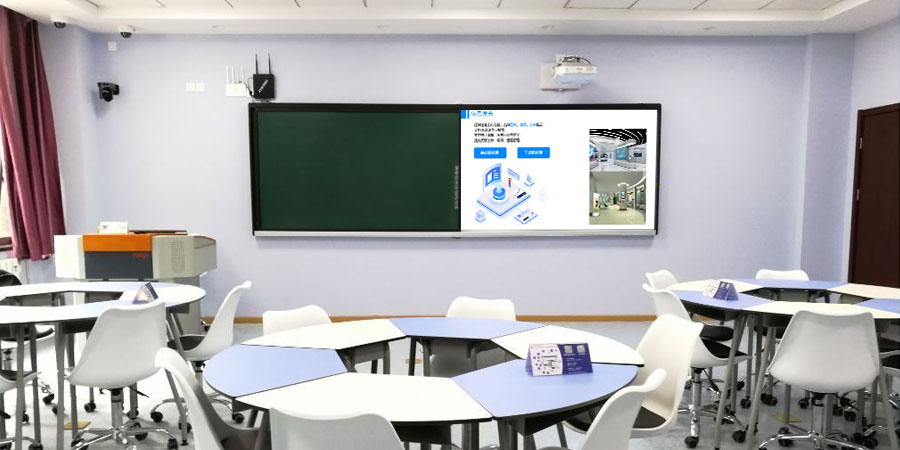Wireless Screen Mirroring: Break Free from Cables, Enjoy Seamless Connectivity
In the midst of the sweeping digital wave, wireless screen mirroring technology is profoundly changing the way information is interacted with and shared across various domains like office work, education, and entertainment, thanks to its convenience and efficiency. It breaks free from the shackles of traditional wired connections, allowing screen content to flow freely between phones, tablets, computers, and large display devices, providing users with an unprecedentedly smooth experience.
I. Full Protocol Compatibility, Unobstructed Device Connection
(I) Covering Mainstream Screen Mirroring Protocols
It supports almost all mainstream wireless screen mirroring protocols on the market, including AirPlay, Miracast, WiDi, DLNA, and Google Cast. Whether you’re using an Apple phone, an Android tablet, a Windows computer, or a macOS device, you can easily connect to the screen mirroring equipment. In cross-departmental corporate meetings, the design department can use a MacBook to present creative proposals, and the marketing department can share research data via an Android phone. With the full protocol compatibility of wireless screen mirroring, both can quickly cast to the large meeting screen without complicated setup, significantly boosting meeting preparation efficiency.
(II) Adapting to New and Old Devices
For older TVs or projectors that lack native wireless screen mirroring capabilities, they can still access the wireless screen mirroring network through specific wireless screen mirroring accessories. This feature not only avoids the high costs associated with device upgrades but also fully utilizes the remaining value of older equipment. An old projector in a school, for example, only needs to connect the appropriate accessory, and teachers can wirelessly project courseware from their computers, ensuring teaching equipment keeps pace with modern times.
II. High-Definition Stable Transmission, Superior Audio-Visual Experience
(I) 4K Ultra HD Picture Quality Presentation
Employing advanced video encoding and decoding technology, it achieves stable transmission of 4K ultra-high-definition picture quality. Whether showcasing intricate architectural design drawings, playing breathtaking 4K blockbusters, or presenting high-resolution medical images, every detail and color on the screen is precisely reproduced, providing users with an immersive visual experience. In the internal review sessions of film production companies, directors and production teams can view 4K film footage on a large screen via wireless mirroring. The intricate skin textures of characters and subtle changes in scene lighting are clearly visible, aiding in film quality control.
(II) Low-Latency Smooth Transmission
Through optimized wireless transmission links, intelligent adjustment of network channels, and other technical means, screen mirroring latency is controlled to an extremely low level, achieving millisecond-level response. In gaming screen mirroring scenarios, players operating competitive mobile games see the screen content sync to the large display almost in real-time, with no perceptible delay in skill execution or movement, allowing players to fully enjoy the thrill of big-screen gaming. For online remote teaching, low latency ensures high synchronization between the teacher’s actions and the student’s display, making interactive Q&A sessions smoother and more natural.
III. Simple and Quick Operation, Easy to Get Started with No Barrier
(I) Diverse Connection Methods
To meet the usage habits and scenario needs of different users, wireless screen mirroring supports various convenient methods such as QR code mirroring, pin code mirroring, and NFC inductive connection. In business meetings, when a client visits to present a proposal, they simply use their phone to scan the exclusive QR code provided in the meeting room, and the proposal content is instantly mirrored to the large screen, smoothly beginning the explanation and projecting a professional and efficient image. For users who prefer manual operation, entering a simple pin code can also quickly establish a device connection.
(II) No Complex Setup Required
No driver programs or dedicated software need to be installed. Users can complete the connection between their device and the screen mirroring equipment through simple operational steps. Whether it’s a first-time user or an elder who is not very familiar with technology, they can master the operation method in a short time. At family gatherings, if an elder wants to mirror old photos from their phone to the TV to share with family, they can easily do so with simple operations, making sharing simple and heartwarming.
IV. Rich Interactive Features, Upgrading the Collaboration Experience
(I) Reverse Control Operation
It supports reverse control of the mirrored device from the large screen. In a meeting room, the presenter can directly operate the mirrored computer on the large screen to flip through PPT pages, edit documents, and more, without having to return to the computer, making the explanation process more fluid and natural. In teaching scenarios, teachers can use the large screen to reverse-control a student’s mirrored tablet, viewing and guiding the student’s homework completion, enhancing the interactivity and targeting of teaching.
(II) Real-Time Annotation and Markup
It supports real-time annotation and markup on the mirrored content. In training courses, trainers can highlight key points and add notes on the mirrored courseware at any time, helping trainees better understand critical knowledge points. In project discussion meetings, team members can make real-time annotations on mirrored proposal documents and suggest revisions, facilitating communication and collaboration among team members and accelerating proposal refinement and decision-making.
V. Wide Range of Scenario Applications, Meeting Diverse Needs
(I) Office Scenarios
In daily corporate office work, wireless screen mirroring helps teams collaborate efficiently. From presenting proposals at project kick-off meetings to reporting data at departmental weekly meetings and sharing creative ideas during brainstorming sessions, employees can quickly project content from their devices. Combined with features like reverse control and real-time annotation, this makes meeting discussions more in-depth and decisions more efficient.
(II) Education Scenarios
It has brought revolutionary changes to the education sector. Teachers can wirelessly project rich teaching resources from their phones and computers, such as courseware, videos, and interactive software, onto the large screen, making teaching content more vivid and engaging. Students can also project their learning outcomes and group assignments, enhancing classroom interactivity and participation. In group-based inquiry learning, multi-screen linkage promotes communication and cooperation among students, fostering their self-directed learning and teamwork abilities, and improving teaching quality and learning effectiveness.
(III) Home Entertainment Scenarios
It enriches family entertainment life. Families can project movies, TV series, music, games, and other content from their phones or tablets onto the TV, enjoying the immersive audio-visual experience of a large screen. During weekend family movie time, wirelessly mirroring a high-definition movie from a phone to the TV, combined with a home theater sound system, creates an immersive viewing atmosphere. In parent-child interactions, children can project educational games from their tablets to the big screen to play together with parents, enhancing family bonding.
With its full protocol compatibility, high-definition stable transmission, simple and quick operation, rich interactive features, and wide range of scenario applications, wireless screen mirroring technology is becoming an indispensable tool in modern life and work, providing users with a more free, efficient, and enjoyable connectivity experience.